Pronghorn are notoriously difficult to get close to in western Nebraska. They are naturally skittish and always on high alert for predators. Most people in Scotts Bluff County will see them racing in the fields away from anyone trying to catch a glimpse of the majestic animals.
At Custer State Park, pronghorn wander freely as there is little worry of their natural predators – coyotes, bobcats, and golden eagles – preying on them. Cars are always a danger, but they seem carefree as they run across the open land.
Pronghorns are diurnal and are active between dawn and dusk. They live for about 10 years. Some linger and let you get within 20-30 feet of them.
The pronghorn we see wandering the Great Plains is the only surviving member of its scientific family, Antilocapridae, in North America. It’s scientific name is Anilocaprae americana and translates to “American goat-antelope,” but it is not an antelope.
Antilocapridae originally consisted as two subfamilies – Antilocaprinae and the Merycodontinae. The latter was extinct by the end of the Miocene era while the former adapted to become the pronghorn, or Antelopcapra americana, we know of today.
A pronghorn’s black, branched horns are their most distinguishing mark, unique to the Antilocapridae family. Males and females have horns, but females have stunted or underdeveloped horns. Male horns reach 11.8-19.7 inches in length while female horns are typically 2.9-3.9 inches. Male horns resemble a lyre in shape and curve inward, pointing toward the back of the pronghorn. Females have straight horns. It takes about three years for the horns to develop.
While male and female pronghorn are between four and five feet in length and 32-41 inches high, males weigh 88-143 pounds while females weigh 75-106 pounds.
Males also have black marks on their faces that run from below their eyes and extending to their nose.
Their large eyes, which protrude from their heads provide excellent 300-degree arc of vision. Any movement can be detected without the need to move their head or their eyes. Their eyes are the largest in relation to their bodies among all hoofed animals in North America, allowing them to see moving object much easier than a stationary one. Long, black eyelashes protect the pronghorn’s eyes from the sun.
Pronghorns are reddish or light tan on their upper bodies and exterior part of their legs with white running along the belly, chest, interior part of their legs, lower jaw, cheeks, and sides. Two broad, white patches extend around the throat area. The white on their rears can be “stuck up” when the pronghorn is scared, a signal to other pronghorn danger is nearby.
Pronghorns are the fastest running land animal in North America and second fastest in the world, behind the cheetah. They can inhale oxygen quickly due to their large tracheae, lungs, and heart, allowing them to run at speeds up to 57 miles per hour, slower than the cheetah, but able to keep their high speeds for longer periods of time.
The pronghorn’s light bone structure and long limbs contribute to its ability to run well. An evolutionary adaptation of cartilaginous padding on their hooves protect them from rocks and uneven ground, minimizing shock to their bodies as the run across the prairie. When running, pronghorn also rely on another evolutionary advantage – an oil-secreting gland in their hooves.
More than 35 million pronghorn once roamed the land. Habitat loss and hunting decimated their numbers. Conservation practices enacted in the 20th century helped increase their numbers and between 500,000 and 1 million individuals survive today. While Anilocaprae americana are classified as “least concern,” A. a. sonoriensis, A. a. peninsularis, A. a. mexicana are still endangered as only a few hundred surviving.
The main threats to their survival continue to be habitat loss, vegetation destruction, livestock grazing, and hunting.
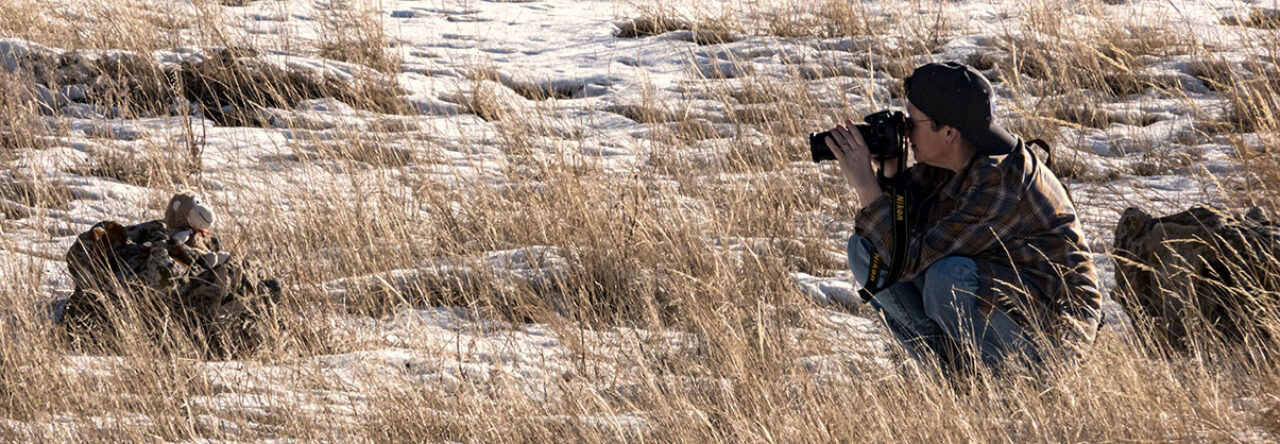
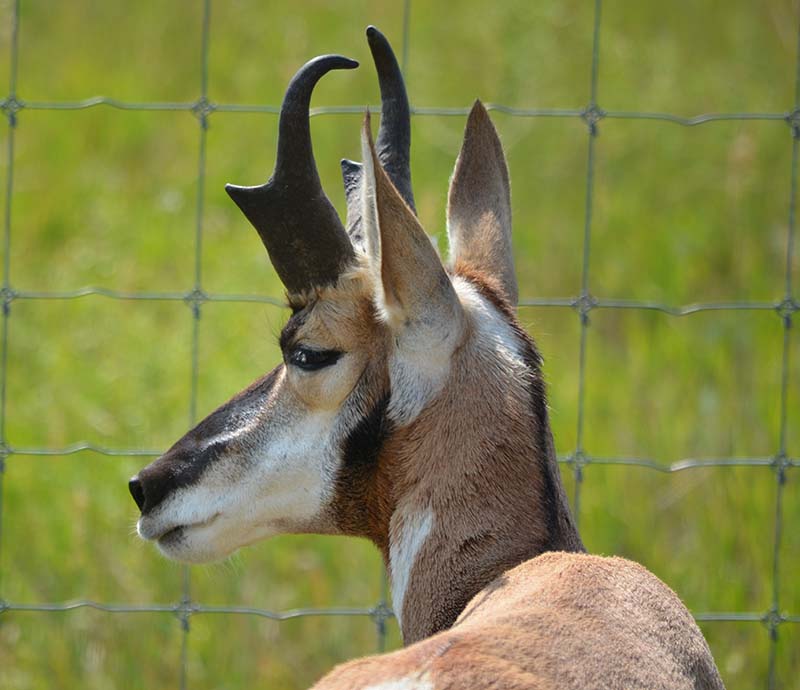
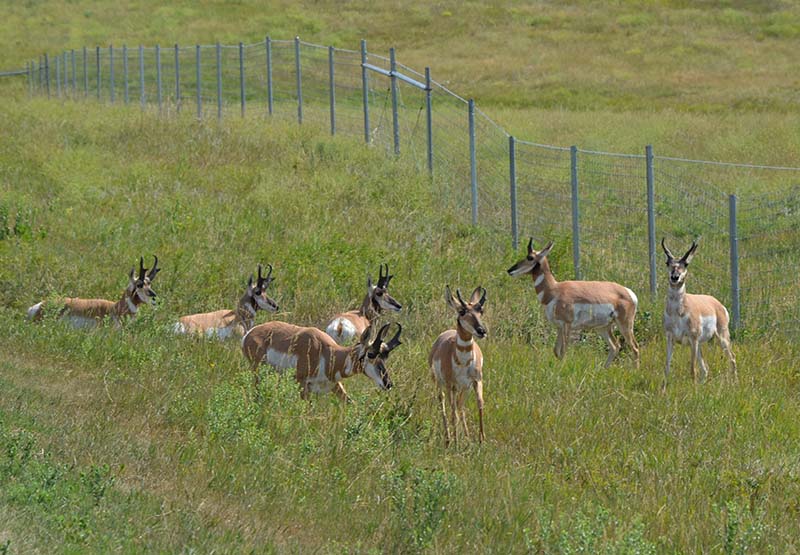
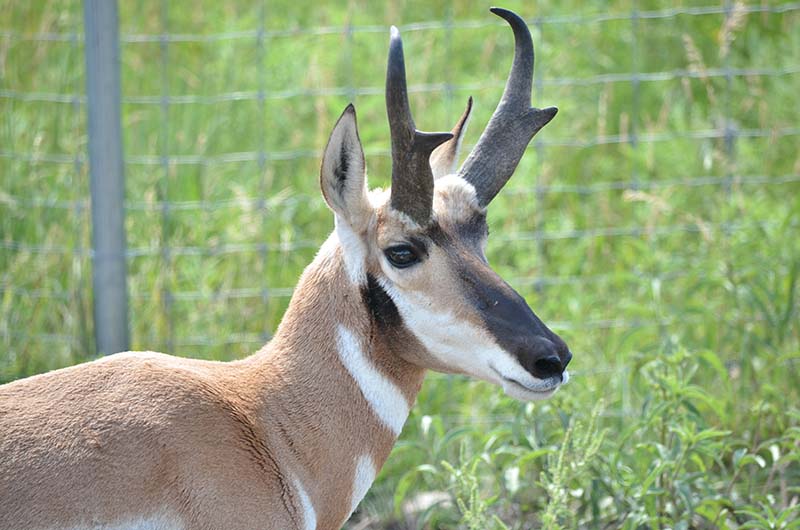
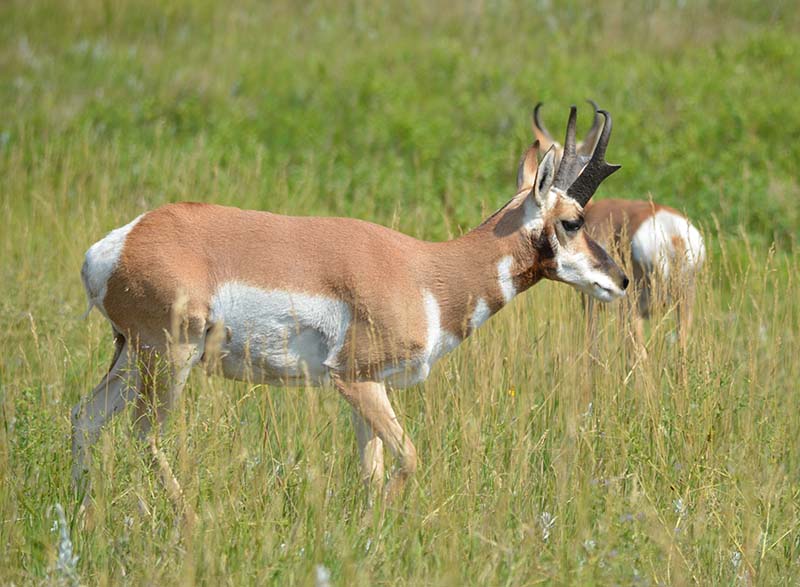
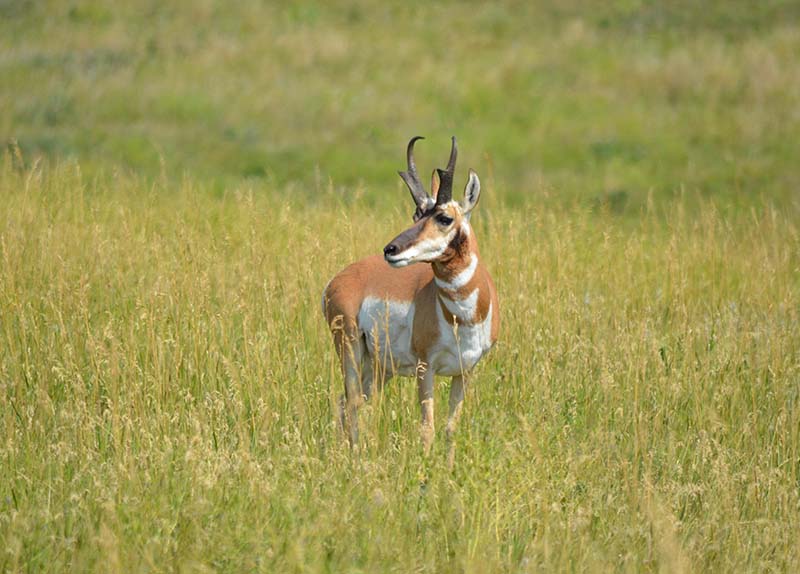

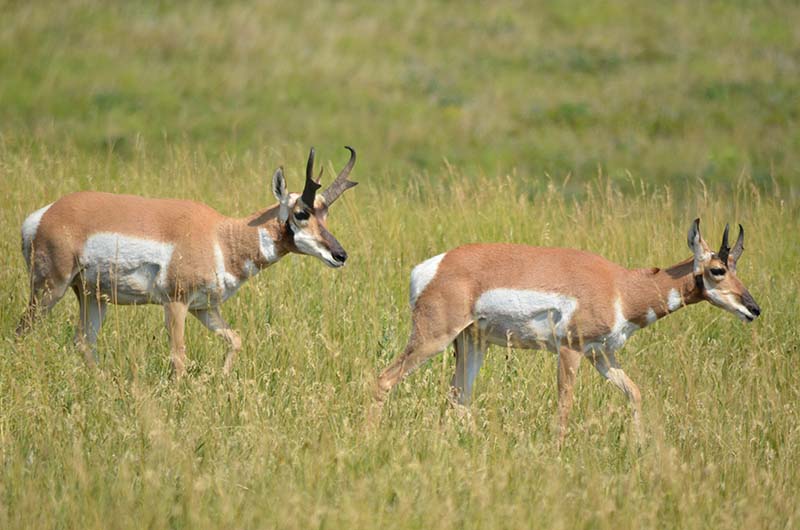
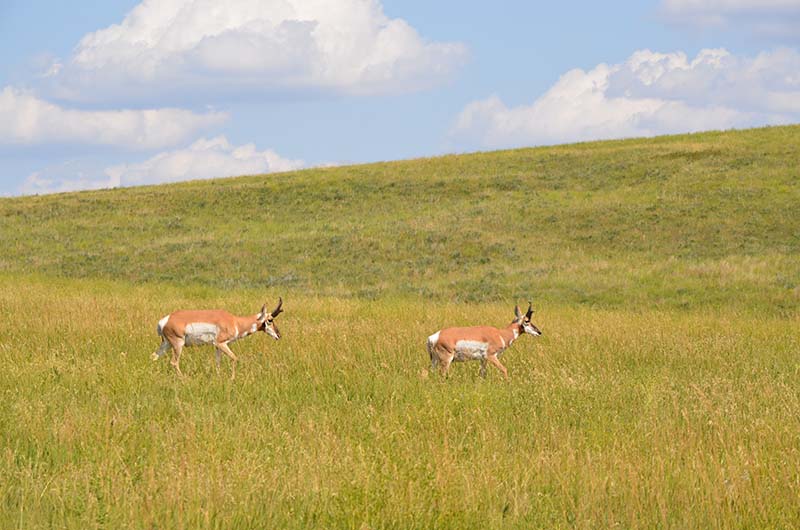
Carol Sinner
Very informative! Thank you, another well written piece.